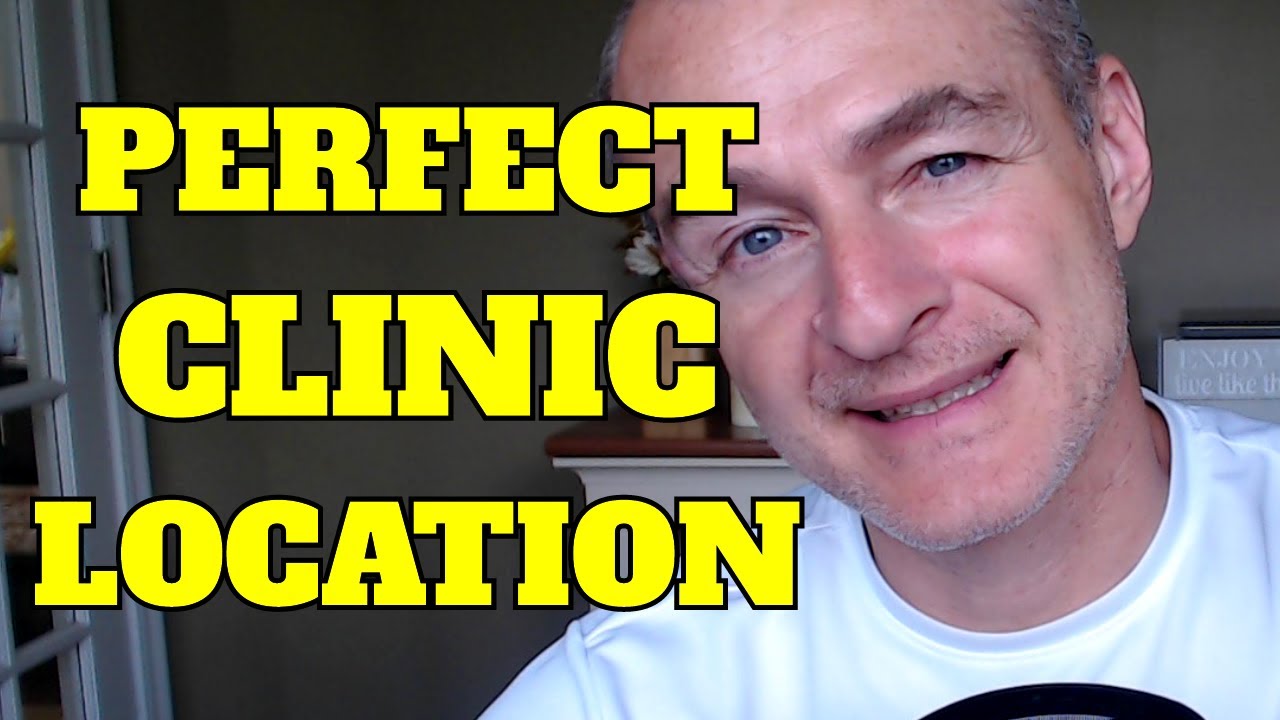1. Understand Your Ideal Client
Everything begins with knowing who your ideal client is. If you are focused on treating post surgical total knee referrals you will want to choose a physical therapy clinic location with easy access parking, no stairs or curbs, and wide doorways for walkers and wheelchairs.
On the other hand, if you are focused on treating CrossFit athletes you may want to open a physical therapy clinic in or near a CrossFit box.
I have personally seen new physical therapy patients arrive at a physical therapy clinic located inside a CrossFit box turn around and leave before ever even walking in the front door. This particular person was so intimidated by the environment he wouldn’t consider going in.
2. Understand the Value of Visability
Other articles you will find written on this topic suggest you avoid “saturated areas.” Logically, that may make sense but in reality, if you want to start a physical therapy clinic one of the best places to open your new clinic is next to existing clinics.
If those other clinics are successful, they likely have a waiting period to get new referrals on the schedule. You can capitalize on that by offering same day or walk in appointments.
Other, more established clinics also have physical therapy patients walking in and out of their office on a regular basis. If those patients can see your clinic then the next time they need physical therapy they might give you a try.
The reality is obscurity is more of a limitation in growing your new physical therapy business than competition for other clinics.
If you know your clinic will gain visibility by opening across the street or next to a long established physical therapy clinic you should take advantage of that.
3. Zoning and Local Laws
Be sure to check your local zoning laws. In my area there are rules limiting gyms and fitness centers. My physical therapy clinic is considered office professional which allows me to operating with more flexibility.
4. Make Sure You have Room for Growth
One of the most frustrating mistakes I made when opening my first clinic was not planning for growth. I opened in an 800 sq ft space. Three years later I moved to 1,500 square feet but when I did I had to get new signage, I had to spend money on updating my third party payer contracts, and invest in more upgrades than expected.
The truth is I have never known a physical therapy clinic who didn’t fill the space they occupy.
As therapists we are naturally concervative, but we often spend more money trying to be safe than we would if we just planned on opening a physical therapy clinic in a larger space that we know we will grow into with time.

Summary:
- Know what your ideal client wants.
- Don’t avoid other clinics. Instead avoid obscurity.
- Research zoning and city ordinances.
- Plan for success.
Read more:

How to create a superbill for cash based therapy, out of network claims Office Ally Practice Mate
The CMS 1500 form is the gold standard for superbills. If you are giving cash based clients a superbill or helping clients submit out of network claims this tutorial will walk you through the entire process from start to finish for using a FREE Practice Mate account to create and print a CMS 1500.

Medicare Physical Therapy Claim and Reimbursement Analysis – How to create a profitable practice
Medicare reimbursement for physical therapy has been on the decline for several years now and with the proposed reductions coming in the next year physical therapy clinic owners are looking for new business models. The way it has always been done isn’t going to bring you success in your physical therapy practice moving forward.

How much does medicare part b pay for physical therapy
If you want to learn how to look up the Medicare CMS Physician Fee Schedule for 2020 and specifically for physical therapy, occupational therapy, or speech language pathology, WATCH THIS VIDEO.

Telehealth – Using ScreenCapture, Canva, and A Digital Goniometer To Measure ROM (FREE)
Telehealth for physical and occupational therapy has been growing in popularity lately. Along with this growth, therapists are looking for new and easy to use tools. This simple goniometer can be added to your screen capture to measure joint range of motion.

Medicare Guidelines for Billing Therapeutic Exercise 97110 PT, OT in 2020
“Many therapeutic exercises may require the unique skills of a therapist to evaluate the patient’s abilities, design the program, and instruct the patient or caregiver in safe completion of the special technique. However, after the teaching has been successfully completed, repetition of the exercise, and monitoring for the completion of the task, in the absence of additional skilled care, is non-covered. For example, as part of the initial therapy program following total knee arthroplasty (TKA), a patient may start a session on the exercise bike to begin gentle range of motion activity. Initially the patient requires skilled progression in the program from pedal-rocks, building to full revolutions, perhaps assessing and varying the
seat height and resistance along the way. Once the patient is able to safely exercise on the bike, no longer requiring frequent assessment and progression, even if set up is required, the bike now becomes an “independent” program and is no longer covered by Medicare.”

